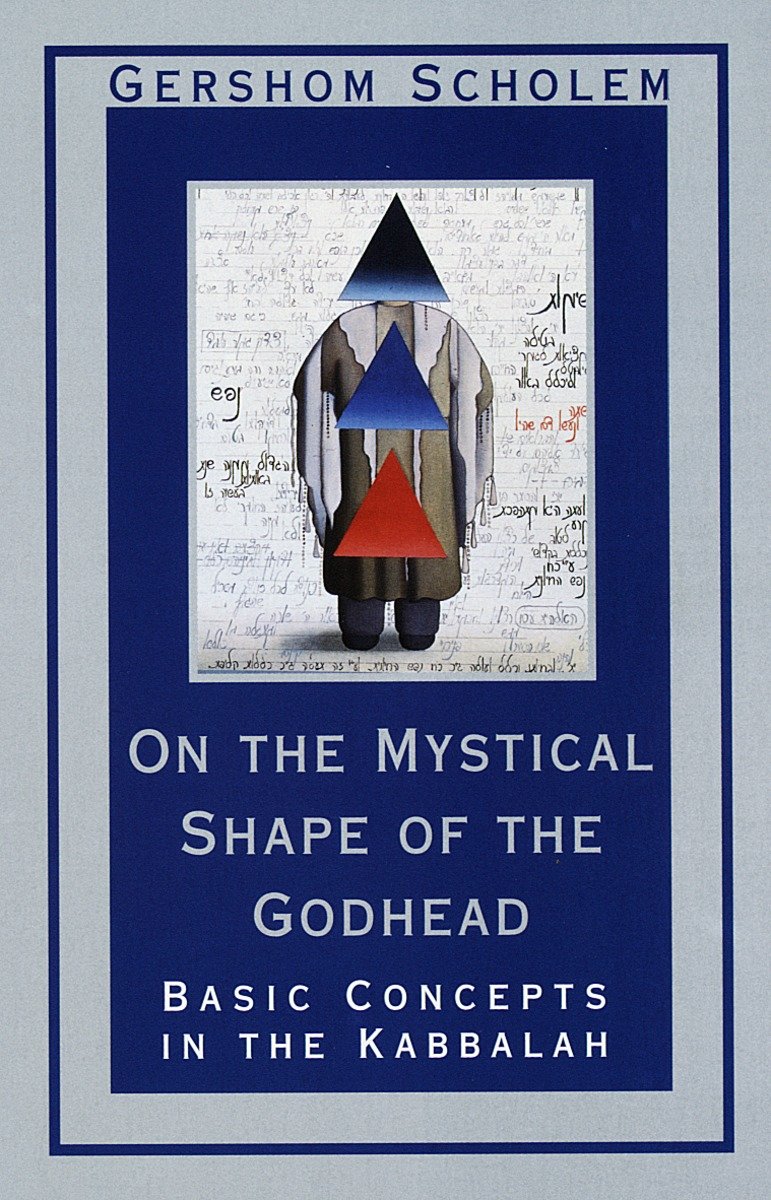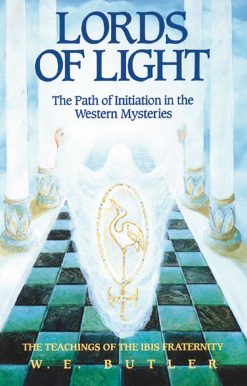On the Mystical Shape of the Godhead: Basic Concepts in the Kabbalah
13.00 JOD
Please allow 2 – 5 weeks for delivery of this item
Description
In clear and easy-to-understand prose, the pioneer of the modern study of Jewish mysticism explains the basic concepts of the Kabbalah.”A major contribution to our understanding of the Kabbalah.” —Arthur Green, Professor of Jewish Thought, Brandeis UniversityIn the Zohar and other writings of the Kabbalah, Jewish mystics developed concepts and symbols to help them penetrate secrets of the cosmos that cannot be understood through reason or intellect. These ideas about God, human beings, and creation continue to fascinate and influence spiritual seekers of all persuasions today.For anyone seeking to taste the mysteries of the Kabbalah, this is an essential book that explains the mystical “form of the imageless God”; good and evil; the Tsaddik or righteous soul; the Shekhinah, the feminine aspect of God; gilgul, the transmigration of souls; and tselem, the concept of the astral body.
Additional information
| Weight | 0.45 kg |
|---|---|
| Dimensions | 2.29 × 13.21 × 20.32 cm |
| PubliCanadation City/Country | USA |
| by | |
| Format | Paperback |
| Language | |
| Pages | 336 |
| Publisher | |
| Year Published | 1997-2-25 |
| Imprint | |
| ISBN 10 | 0805210814 |
| About The Author | GERSHOM SCHOLEM was a professor of Jewish mysticism at the Hebrew University in Jerusalem until his death in 1982. Among his most important works are Major Trends in Jewish Mysticism, The Messianic Idea in Judaism, and On the Kabbalah and Its Symbolism. |
| Excerpt From Book | From Chapter 3: "Tsaddik: The Righteous One"In the sources of the Jewish tradition, the religious ideals of Judaism have crystallized around three ideal human types that carry special significance: the Tsaddik, the righteous man; the Talmid Hakham, the scholar of sacred texts; and the Hasid, the pious person . . .In classical rabbinic usage the righteous person, like the scholar, is viewed with great sobriety. He is the one who strives to fulfill the Law and who succeeds, at the very least, in making his merits outnumber his transgressions. There is often a legalistic nuance involved, whereby "righteous" has the specific sense of one found innocent by a court of law. "A man is judged by the majority of his deeds"–the righteous man being the one who passes the test of this judgment. Even one who is completely successful in meeting the demands of the Torah would be considered no more than a righteous man. The attainment of this level requires no more than a decision of the will and exertion of human effort; no special grace is necessary. It is an ideal accessible to all. . . .How did the notion of the Tsaddik change in Jewish mysticism? Surprisingly enough, the legal element of judgment or law was eliminated from this concept. The Righteous One is no longer the righteous judge; in the Kabbalah, God as Judge constitutes an entirely different aspect from that of God as the Righteous One; they reflect two different sides of the Godhead. The newness of this concept is most evident when the Kabbalists discuss not the earthly righteous but the Tsaddik as a symbol of an aspect of God; it is a particular one of the ten Sefiroth, generally the next to last. For the Kabbalists the Sefiroth are–to put it succinctly–identified with the totality of the manifest or the active Godhead; they express the fullness of His omnipotence and all the aspects of His divine nature. Each of these potencies appears in a wealth of symbolic representations, but as different as they may be, the most important symbols of each individual Sefirah are inherently interconnected. The symbols in which God appears as the Tsaddik are thus vastly illuminating for our problem and deserving of close analysis. The writings of the earliest Kabbalists, in particular, from Sefer ha-Bahir to the Zohar, shed much light on this topic. The hypostatization of the notion of the earthly righteous man into a symbol of the corresponding Sefirah introduced several of his characteristics into the symbolism of this Sefirah, which in turn influenced the understanding of its earthly representative. In the Kabbalah the Tsaddik is first and foremost a mystical symbol, deriving from many different sources; he is also the image of the perfect human being, an image determined and fashioned by this symbolism. Molded in this way by Kabbalistic Musar (ethical-homiletical) literature, the Tsaddik is a constitutive and decisive element in the Hasidic movement. |
| Series |
Only logged in customers who have purchased this product may leave a review.




Reviews
There are no reviews yet.